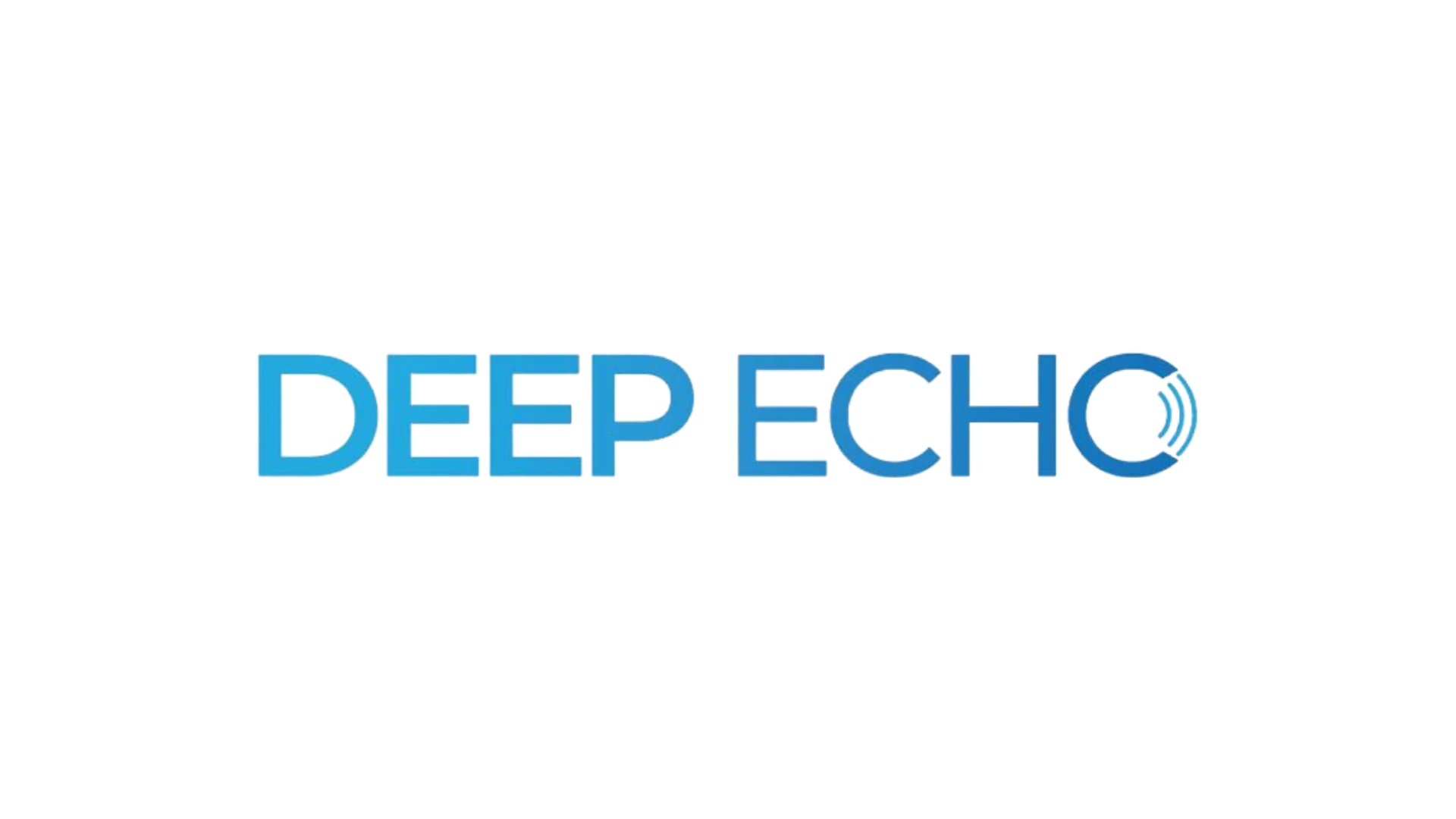
Overview
As a young radiologist in Casablanca, Morocco, Saad Slimani, MD, MS, noticed an opportunity to use AI to provide all pregnant women, regardless of socioeconomic status, with access to a simple procedure that could save their lives as well as the lives of their babies.
Cure: What was your initial inspiration for Deepecho?
Slimani: I was a young radiology resident in the pediatrics department in Casablanca, and we performed a lot of fetal ultrasounds. They were detailed diagnostic fetal ultrasounds, and you may be surprised that many OBGYNs were not able to perform them, so they would send patients to the radiology department. I thought, “This is a vital examination that should be done where the patients are.” I saw this as a skills issue. At the same time, AI was starting to get some hype, and all the radiologists were talking about it. I was really interested and wanted to get involved. I heard there was a team working on ways to reduce maternal mortality rates using AI, so I reached out to them. We hit it off and started working on what has now become Deepecho.
Cure: What exactly does Deepecho do?
Saad Slimani: Deepecho focuses on fetal ultrasound using AI. Our mission is to democratize access to quality fetal ultrasound. In Morocco, we have quite a big maternal and fetal mortality problem, which is the case in the global South and in parts of the US. We wanted to do something to try to reduce this mortality rate using AI and medical imaging.
Cure: Why are there such high fetal and maternal mortality rates in so many parts of the world, even in places we’d think of as well-developed?
Slimani: In the US, it has to do with health equity in access to certain healthcare facilities and economic factors. There are huge ethnic and racial disparities — African American women are more at risk of dying during pregnancy than Caucasian women. That’s similar to what's happening in the global South.
Cure: Why is fetal ultrasound so important for the prevention of mortality?
Slimani: When you look at the literature, you can see that fetal ultrasound as an imaging modality lowers fetal mortality rates by 20 percent and maternal mortality rates by 6 percent. Fetal ultrasound lets you better detect and flag pregnancies that are at elevated risk and then direct them to a physician, which ultimately results in a better pregnancy outcome. So, the basic idea is, if you democratize access to this imaging modality, you’ll get lower mortality rates. That’s why we need to make fetal ultrasound more affordable and accessible,
Cure: Can you explain what happens during a fetal ultrasound?
Slimani: Fetal biometry is what happens during an ultrasound. It’s about using simple measurements to assess the well-being of a pregnancy. You measure the height of the features, such as the abdomen or the femur so that you can assess the growth of the fetus. You want to be sure the fetus is growing at the right pace. If it’s too small for a certain gestational age, it's at risk of fetal growth restriction, which is one of the largest causes of fetal death. These simple measurements are very important, but they’re also quite tedious and error-prone because humans operate the machines. In some areas of the world, there are people not optimally trained in performing these examinations, such as nurses, midwives and such. Sometimes, physicians must send the patient back for another ultrasound because some images were not optimal. That’s why my co-founders and I set out to find a way to automate the measurements and make them more reliable and less tedious, which facilitates the process of fetal biometry. We did this using AI.
Cure: How does your AI solution work?
Slimani: Our solution inputs videos in the DICOM format (Digital Imaging and Communications in Medicine), a standard in medical imaging. The output is an automatically generated report that contains all the relevant information about your pregnancy: the estimated gestational age, the fetal age of your fetus, and a growth assessment — if your fetus is growing normally or if it's too small or too large. Our research shows that our models are at least as reliable and reproducible as expert physicians that have more than 10 years experience. But that doesn’t mean it’s taking the doctor out of the equation — the physician can view the images, change the images we suggest, edit the information we provide and send it to the patient.
Cure: Are doctors willing to adopt this kind of AI-generated biometry?
Slimani: Well, the problem with AI in medicine is clinicians tend not to trust it because there's this black box paradigm behind deep learning models — we’re not sure how they work, and they’re magical and weird. So, we made sure that in the workflow, we show the clinician the reasons behind the model’s choices. We show the clinician the quality criteria for each image. For example, this image of a brain is perfect because you can see this structure and that structure, it's large enough, it's zoomed in, etc. There's a lot more to it than automation of the measurements — it’s also the quality control and streamlining the workflow.
Cure: What about ultrasound technicians — have you had pushback from them for fear they’ll be replaced?
Slimani: That's a point we have in common with all other AI in medical startups, but the answer is the same. They're not being replaced — they're being augmented. They're going to be more accurate, more precise. They will be able to read more examinations per hour, make more money in some cases, and not get sued as much. All these benefits will improve the outcomes for radiologists and the technicians. Our solution helps them do their job better and faster. It’s the same as typing versus handwriting.
Cure: How did you come up with the name Deepecho?
Slimani: Deep is for deep learning, and Echo is for echography, which is the word for ultrasound in French. We thought it had a nice ring to it!
Cure: If you were to win the Cure Xchange Challenge, what's the first thing you'd concentrate on?
Slimani: In New York, we already have partners, and we plan to start a clinical study that focuses on the diagnostics of preeclampsia by non-trained or minimally trained sonographers. Preeclampsia is the leading cause of maternal mortality in the global North, the second leading cause of maternal mortality in the world. It's a horrible disease, and there's a huge racial bias associated with it. So, that would be the first thing I would concentrate on, getting our clinical study going.
Cure: What would becoming a part of the New York bio community and the Cure ecosystem mean to you?
Slimani: The community of people would be the best part. In Morocco, there aren’t that many health tech startups. You do your research, you're passionate and you try to get things moving, but you don't have the kind of echo that’s going to motivate you and give you a sense of purpose. Having a dynamic community of founders of scientists and clinicians is of paramount importance when you're trying to build something in the health tech sector. You need to have people you can talk to that have been through what you're going through, either as founders or as scientists. That's what I look forward to the most — peers and colleagues that could share their insight with us.








